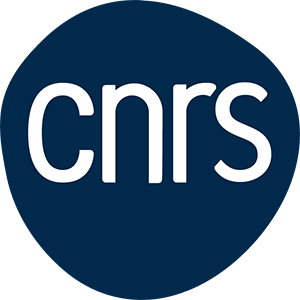Disordered solids are everywhere in our daily life, from ordinary windowpanes to granular materials. They play such a significant role that the United Nations declared 2022 to be the International Year of the Glass (IYOG2022). Understanding how disordered solids break is also a major focus in our group. The complexity here stems from the multi-scale (in both space and time) interplay between microstructural disorder and the overall elastic (or elastodynamic) stress redistribution following micro-fracturing events, eventually mediated by environmentally dependent thermally activated processes.
Over the past five years, work performed at SPHYNX has focused on both slow and fast fracture regimes:
- First, we sought to understand better the role played by the oxide glass structure, and other properties[1], on the stress corrosion cracking properties of homogeneous and phase-separated oxide glasses[2].
- Second, we examined how the drying rate selects mesostructured disorder, and subsequently mechanical and failure properties of solid layers obtained from the drying of nanocolloidal suspensions[3]. Third, we studied how stress waves emerge from the interaction between a fast growing crack and a defect[4].
- Finally, a new endeavor was undertaken to create novel ultralight metamaterials resistant to both fracture and deformation. These new materials have the specificity to exhibit isotropic disordered architectures[5] contrary to many standard mechanical metamaterials, and AI techniques is currently used to optimize their architectures.
[1] M. Mama Toulou et al., Systematic approach to thermophysical and mechanical properties of SiO2–B2O3–Na2O glasses using molecular dynamics simulations, Journal of Non-Crystalline Solids 603, 122099 (2023).
[2] W. Feng et al., Stress Corrosion Cracking in Amorphous Phase Separated Oxide Glasses: A Holistic Review of Their Structures, Physical, Mechanical and Fracture Properties 2, 412-446 (2021)
[3] A. Lesaine et al., Role of particle aggregation in the structure of dried colloidal silica layers, Soft Matter 7, 1589-1600 (2021)
[4] A. Dubois & D. Bonamy, Dynamic crack growth along heterogeneous planar interfaces: Interaction with unidimensional strips, Physical Review E 103, 013004 (2021)
[5] A. Montiel et al. Procédé de fabrication d’un micro-treillis formé de micro-poutres reliées entre elles par des nœuds, patent deposited on 13 March 2022

Daniel BONAMY
SPEC deputy head, CEA reseacher

Laure CHOMAT
CEA researcher

Cindy ROUNTREE
CEA researcher

Thi Thu Thuy NGUYEN
Associate professor ALDV



